TESTOSTERONE C 250mg x 2ml 5amps *Medical Pharma*
$64.00
TESTOSTERONE C 250mg x 2ml 5amps *Medical Pharma*
In Stock
TESTOSTERONE C 250mg x 2ml 5amps *Medical Pharma*
Testosterone C 250mg/ml 2 ml c/u 5 vials Testosterone cypionate is a slow-acting injectable ester of the main male androgen testosterone. Testosterone is also the main anabolic hormone in men and is the basis of comparison with which all other anabolic/androgenic steroids are judged. As with all testosterone injections, testosterone cypionate is favorable for athletes for its ability to promote strong increases in muscle mass and strength. It is interesting to note that, although a large number of steroidal compounds have been available since testosterone injectables came out, these are still considered the preferred agents for the development of muscle mass among bodybuilders. There is no discussion that is among the most powerful drugs to develop muscle mass, including testosterone cypionate. Testosterone cypionate first appeared on the US pharmaceutical market in the mid-1950s under the trade name Depo-Testosterone cyclopentylpropionate (later simplified to Depo-Testosterone). It was developed by pharmaceutical giant Upjohn and is still sold under the same name and by the same company (although it is now called Pharmacia & Upjohn). This drug has had limited availability worldwide and has been identified as an American product. It’s no surprise that American athletes have preferred this form of testosterone over testosterone enanthate, the dominant slow-acting testosterone ester on the world market. However, this preference is rooted in its history and availability and not on the real therapeutic advantages. Both Cypionate and Testosterone Enanthate provide comparable testosterone release patterns. Not only is it not possible to compare the physical advantages of one over another, but the differences between pharmacokinetic patterns are difficult to show (these two drugs are functionally interchangeable for any purpose. The only key difference between the two is in the patient’s comfort level. Cypionic acid is less irritating in the injection area than entootic acid (enanthate) in a small percentage of patients. This makes Testosterone Cypionate a better choice for those consumers with pain issues at the Testosterone Enanthate injection site. This difference has something to do with the initial development of this testosterone ester as a commercial drug. The main use of testosterone cypionate in medical practice has been the treatment of low androgen levels in men, although there have been many other indications. During the 1960s, for example, prescription recommendations for the drug were given to use as support to mature bone structure, treat menorrhea (excessive menstrual bleeding), excessive milk production in women, increase muscle mass and combat osteoporosis in the elderly. It was also recommended to increase male fertility, which, induced by suppression of testosterone or spermatogenesis (caused by administration of 200 mg of weekly testosterone cypionate for 6 to 10 weeks) was continued by a period of rebound spermatogenesis (due to temporary levels of gonadotropin higher than normal). In the 1970s, the FDA was granted greater control over the market for prescription drugs and the uses in which testosterone cypionate was initially indicated were refined. For example, “testosterone rebound therapy” as a way to increase male fertility was proven unreliable especially with the advent of new, more effective medications and was soon removed from prescription guidelines. The same was the case with recommendations for use to treat menorrhea and excessive breast milk production. Testosterone therapy was generally focused primarily on male androgen deficiency and less on other indications, particularly those involving populations more susceptible to adverse androgenic effects, such as women and the elderly. Currently, Testosterone Cypionate is still available on the US pharmaceutical prescription market, in which it was approved by the FDA for hormone replacement therapy in men with diseases associated with endogenous testosterone deficiency and as a secondary treatment for metastatic and inoperable breast cancer in women (although it is no longer widely used for this purpose). Testosterone cypionate is available outside the United States but on a limited basis. Some known international sources of this drug are Canada, Australia, Spain, Brazil and South Africa. Structural characteristics: Testosterone cypionate is a modified form of testosterone to which a carboxylic acid ester (cyclopentylpropionic acid) is linked to the 17-beta hydroxyl group. The esterified forms of testosterone are less polar than free testosterone and are absorbed more slowly from the injection site. Once in the bloodstream, the ester is removed to release free (active) testosterone. The esterified forms of testosterone were designed to prolong the therapeutic window of the effect after administration, allowing a less frequent injection scheme compared to free (non-esterified) steroid injections. The half-life of testosterone cypionate is approximately eight days after injection. Adverse effects (estrogenic): Testosterone is aromatized in the body into estradiol (estrogen). The aromatase enzyme (estrogen synthestase) is responsible for the metabolism of testosterone. Elevated estrogen levels can produce adverse effects such as increased water retention, body fat gain and gynecomastia. Testosterone is considered a moderate estrogenic steroid. An anti-estrogen such as clomiphene citrate or tamoxifen citrate may be necessary to prevent estrogenic adverse effects. The use of an aromatase inhibitor such as Arimidex® (anastrozole), which more efficiently controls estrogen, can be alternated by preventing its synthesis. Aromatase inhibitors are more expensive compared to anti-estrogens and can have negative effects on blood lipids. Estrogenic adverse effects appear in a dose-dependent manner, as higher doses (above normal therapeutic levels) of testosterone are used, more likely to be required from concurrent use of an anti-estrogen or aromatase inhibitor. Since water retention and loss of muscle definition are common with high doses of testosterone, this drug is considered a bad choice for diets or training cutting phases. Its moderate estrogenicity makes it ideal for bulking phases where additional water retention increases brute strength and muscle size and helps foster a stronger anabolic environment. Adverse (androgenic) effects: Testosterone is man’s main androgen, responsible for maintaining male secondary sex characteristics. Elevated testosterone levels tend to produce androgenic adverse effects, including oily skin, acne and body and facial hair growth. Men with a genetic predisposition for hair loss (androgenic alopecia) may notice an increase in baldness pattern. Those who care about hair loss may find a more comfortable option in Nandrolone Decanoate,which is a less androgenic steroid. Women are warned of the possible virilization effects of anabolic/androgenic steroids, especially with strong androgens like testosterone. These may include thick voice, menstrual irregularities, changes in skin texture, facial hair growth, and clitoral enlargement. In target tissues with response to androgens such as skin, scalp and prostate, the relatively high androgenicity of testosterone depends on its reduction to dihydrotestosterone (DHT). The 5-alpha reductase enzyme is responsible for this testosterone metabolism. The joint use of a 5-alpha reductase inhibitor such as finasteride or dutasteride interferes with the site-specific potentiation of testosterone action, decreasing testosterone’s tendency to produce androgenic adverse effects. It is important to remember that the anabolic and androgenic effects are mediated by the citosol androgenic receptor. The total separation of the anabolic and androgenic properties of testosterone is not possible, even with the complete inhibition of 5-alpha reductase. Side effects (hepatotoxicity): Testosterone has no hepatotoxic effects, liver toxicity is unlikely. One study examined the possibility of hepatotoxicity with high doses of testosterone to administer 400 mg of hormone per day (2,800 mg weekly) to a group of male participants. The steroid was administered orally so that peak concentrations were reached in liver tissue compared to intramuscular injections. It was administered daily for 20 days and did not produce significant changes in liver enzyme values, including serum albumin, bilirubin, alanine-aminotransferase and alkaline phosphatase.478 Side effects (cardiovascular): Anabolic/androgenic steroids can have deleterious effects on serum cholesterol. This includes a trend of lowering the level of HDL cholesterol (good) and increasing that of LDL (bad) cholesterol, which results in a change in HDL/LDL balance in a direction that favors the risk of atherosclerosis. The impact of an anabolic/androgenic steroid on serum lipids depends on dosage, route of administration (oral vs. injectable), type of steroid (aromatizable or non-aromatizable) and level of resistance to liver metabolism. Anabolic/androgenic steroids can also have adverse effects on blood pressure and triglycerides, decrease endothelial relaxation and contribute to left ventricle hypertrophy, increasing the risk of cardiovascular disease and myocardial infarction. Testosterone has less dramatic impact on cardiovascular risk factors than synthetic steroids. This is partly due to its availability to be metabolized in the liver, allowing it to have less effect on cholesterol at the liver level. The aromatization of testosterone to estradiol helps mitigate the negative effects of androgens on serum lipids. In one study, 280 mg per week of a testosterone ester (enanthate) had a slight but not statistically significant effect on HDL cholesterol after 12 weeks, but when taken with an aromatase inhibitor, a sharp decrease (25%).479 Studies that have used 300 mg of testosterone ester (enanthate) weekly for 20 weeks without aromatase inhibitor, showed only a 13% decrease in HDL cholesterol, while at 600 mg the decrease reached 21%.480 The negative impact of aromatase inhibition should be taken into account before adding such a drug to testosterone therapy. Given the positive influence of estrogen on serum lipids, tamoxifen citrate or clomiphene citrate are preferred over aromatase inhibitors, for those concerned about their cardiovascular health, as they offer partial estrogenic effect on the liver. This allows them to increase the lipid profile and compensate for some of the negative effects of androgens. With doses of 600 mg or less of testosterone per week, the impact on lipid profile is noticeable but not dramatic, making an anti-estrogen (for cardioprotective purposes) unnecessary. Doses of 600 mg or less weekly have failed to produce statistically significant changes in LDL/VLDL cholesterol, triglycerides, apolipoprotein B/CIII, C-reactive protein and insulin sensitivity, indicating a weak impact on cardiovascular risk factors.481 When used in moderate doses, injectable testosterone esters are considered the safest anabolic/androgenic steroids of all. To help decrease cardiovascular tension it is recommended to maintain an active cardiovascular exercise program and decrease the intake of saturated fats, cholesterol and simple carbohydrates at all times during active ADMINISTRATION of EAA. It is also recommended to intake supplements with fish oil (4 grams per day) and some natural antioxidant and cholesterol formula such as Lipid Stabil or some product with similar ingredients. Adverse effects (testosterone suppression): All anabolic/androgenic steroids when taken in sufficient doses to promote muscle development are expected to suppress endogenous testosterone production. Testosterone is the main male androgen and has a strong negative effect on endogenous testosterone production. Testosterone-based drugs will also have a strong effect on the hypothalamic regulation of natural steroid hormones. Without the intervention of substances that stimulate testosterone, their levels should return to the normal level between 1 to 4 months after discontinuation of the drug. Hypogonadotrophic hypogonadism may develop prolonged from steroid abuse, which will warrant medical treatment. As with all anabolic/androgenic steroids, it is impossible for only one to maintain every kilogram of body weight when a cycle is finished. This is best evidenced when a strong (aromatizable) androgen like testosterone is removed, much of the weight gained is in the form of water retention which is quickly removed after discontinuation of the drug. The imbalance of anabolic and catabolic hormones during the post-cycle recovery period can create an unfavorable environment to maintain muscle tissue. Appropriate ancillary therapy is recommended to help restore hormone balance faster and thus the consumer will retain more muscle tissue. Another way to minimize post-cycle “shock” is to replace testosterone cypionate with a milder anabolic like Nandrolone Decanoate or Methenolone Enanthate. The new steroid is administered for only one to two months at doses of 200 to 400 mg weekly. In this “reduction” process the consumer tries to eliminate the volume of water produced by a testosterone drug and simultaneously preserves the solid musculature below. This practice is even effective for psychological reasons (some see it as dividing the shock into water and hormonal stages). Testosterone-stimulating drugs are used at the end of therapy, as endogenous testosterone production will not bounce during administration of Nandrolone Decanoate or Methenolone Enanthate. The side effects described above are not complete. For a more detailed discussion of possible side effects, see the Steroid Side Effects section of this website Administration (Men): To treat androgen insufficiency, testosterone cypionate prescription guidelines establish doses of 50 to 400 mg every two to four weeks. Although it remains active in the body for longer, testosterone cypionate is injected weekly for physical performance enhancement. The usual dose is in the range of 200 to 600 mg weekly in cycles of 6 to 12 weeks duration. This level is sufficient for most consumers to perceive exceptional gains in muscle volume and strength. Testosterone is incorporated into the muscle development phases, in which water retention is not as important and the consumer is more interested in increasing lean mass than definition. Some incorporate it into the cutting phases of the steroid but at low doses (100 to 200 mg weekly) and/or accompanied by an aromatase inhibitor to keep estrogen levels under control. Testosterone cypionate is a very effective anabolic drug and is often used alone with good results. However, some need to combine it with other anabolic/androgenic steroids for a stronger effect, in which case, 200 to 400 mg weekly of Boldenoneundecylenate, methenolone enanthate or Nandrolone Decanoate,provide good results with low hepatotoxicity. Finally, testosterone is very versatile and can be combined with many other anabolic/androgenic steroids to achieve the desired effect. Although high doses are not recommended, it is known that some bodybuilders have used excessively high doses of this drug (1,000 mg weekly or more). This was much more common before the 1990s when cypionate vials were cheaper and easier to find. The “plus is better” attitude is easy to justify when you only pay $20 for a 10cc vial (current price of an injection). At doses of 800 to 1,000 mg weekly or more, water retention will count more about the weight gained than the new muscle tissue. The practice of “megadosis” is not effective (not to mention dangerous), especially when taking into account the high costs of steroids today.
1 review for TESTOSTERONE C 250mg x 2ml 5amps *Medical Pharma*
Add a review Cancel reply
Related products
DRAGON PHARMA
In Stock
BRITISH DISPENSARY
In Stock
DRAGON PHARMA
In Stock
BRITISH DRAGON
In Stock
DRAGON PHARMA
In Stock
DRAGON PHARMA
In Stock
DRAGON PHARMA
In Stock
DRAGON PHARMA
In Stock

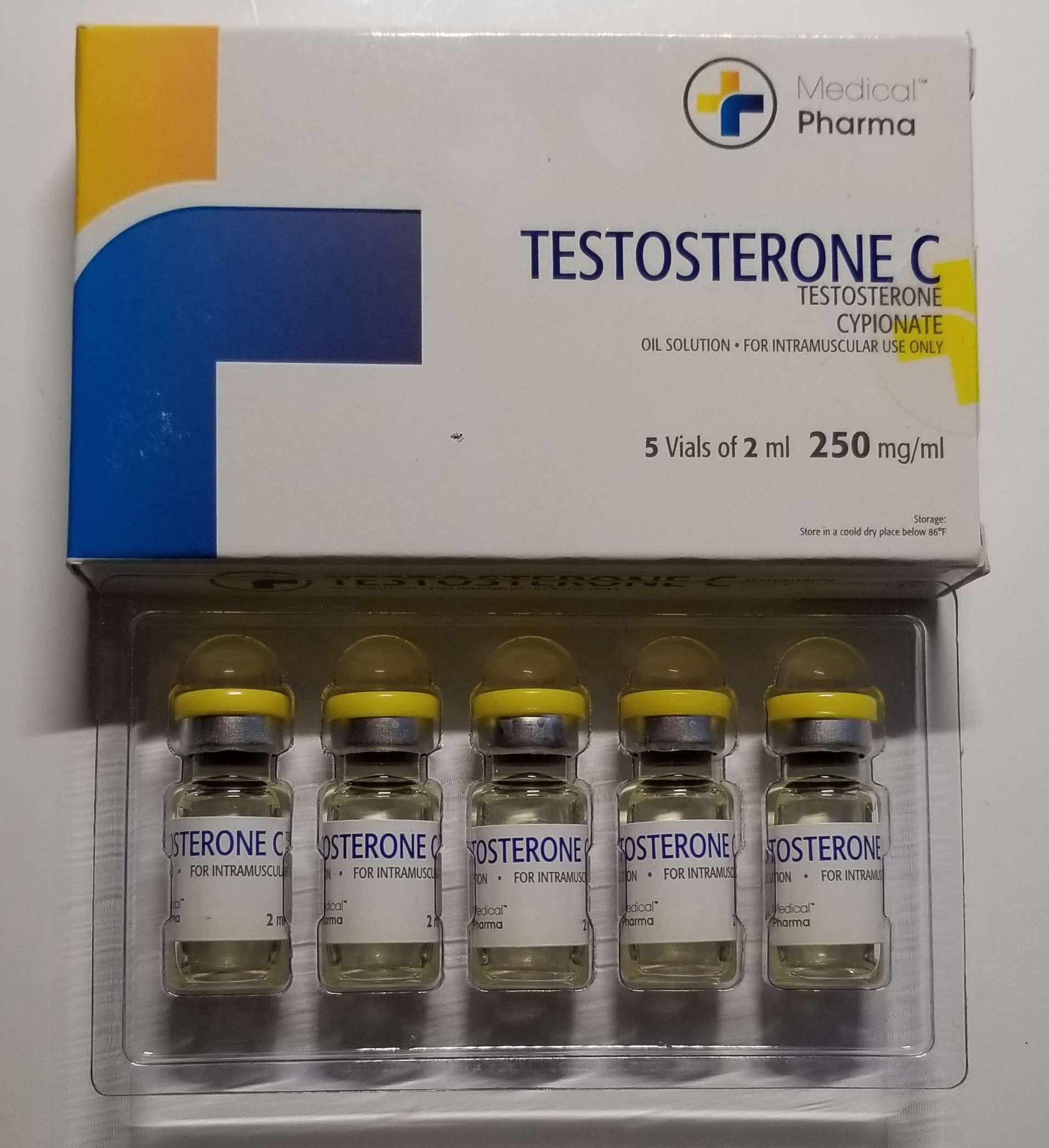
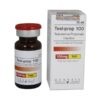
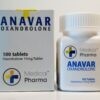

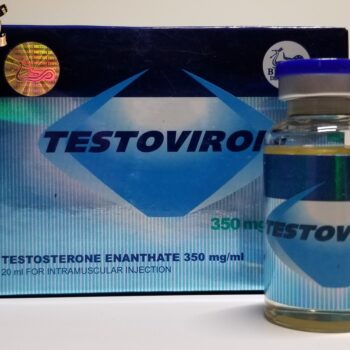
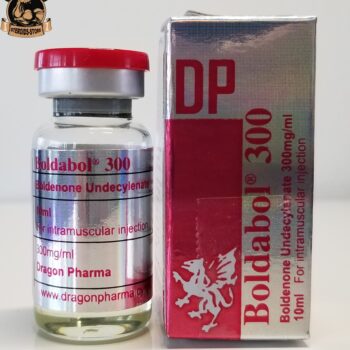

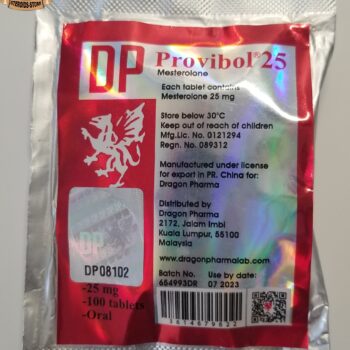
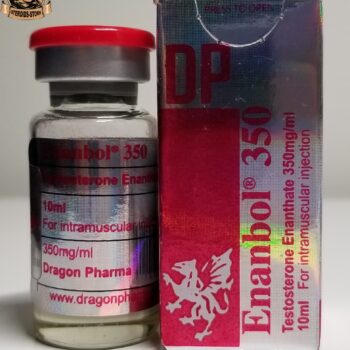
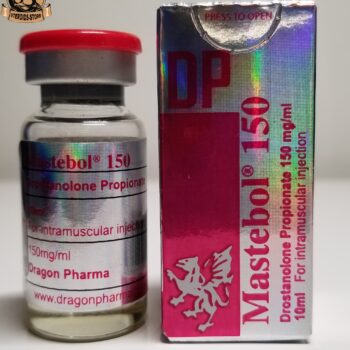
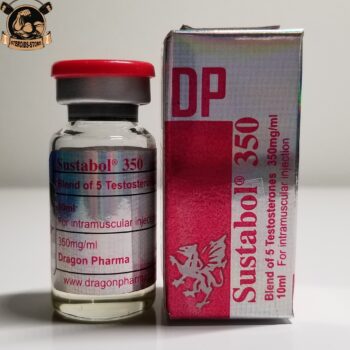
Declan Luis –
Hi, Wanted to thank you personally for a superb service.